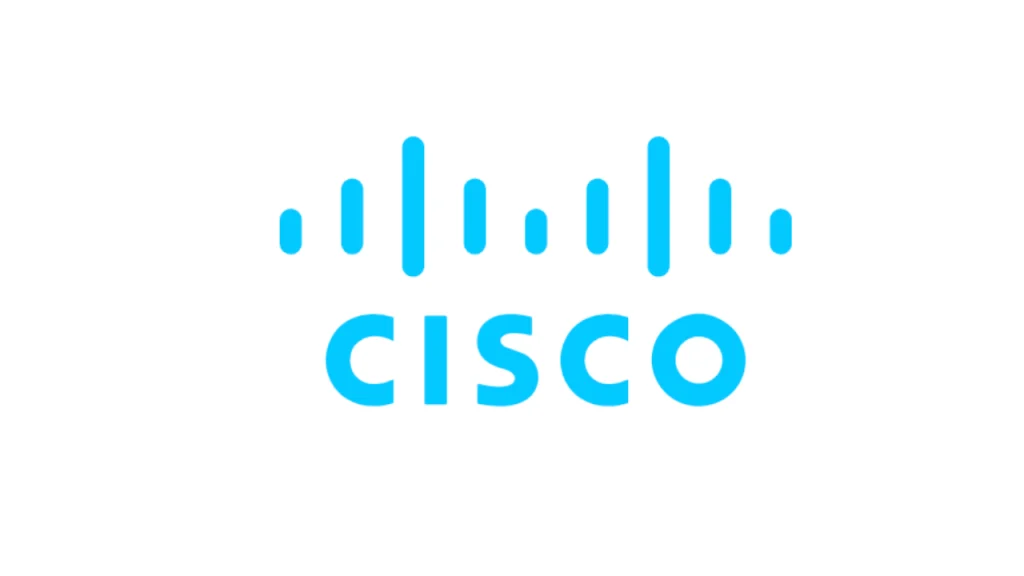- Cisco Systems Inc. recently unveiled a new “Secure Network Architecture” designed to support campus, branch and industrial networks as AI workloads and hybrid deployments grow.
- The company introduced next-generation devices purpose-built for AI environments, alongside unified management tools that bring together Meraki, Catalyst and industrial networks under a single control plane.
Cisco’s growth and focus
Founded in 1984 and headquartered in San Jose, California, Cisco is a global leader in networking, security, collaboration and cloud infrastructure. On LinkedIn the company states it is “the worldwide technology leader that is revolutionizing the way organizations connect and protect in the AI era.”
Cisco’s recent strategy centres on supporting digital transformation at scale: from AI workloads to hybrid-cloud deployments and industrial networks. The new architecture underscores its ambition to simplify operations, boost performance and integrate deep security.
Also read: Ciena acquires Nubis to power AI data centres
Also read: Salesforce pledges $6B to build UK AI hub
Industry context and challenges
Cisco’s architectural shift addresses these demands by offering purpose-built networking devices and unified management for AI-era deployment. The industry’s response has been clear: automation, AI-assisted network control and edge-to-cloud security. Cisco’s latest architecture fits squarely into that evolution — integrating high-performance hardware and unified management to support data-hungry environments. What sets Cisco apart is its sense of timing and balance. It draws on long experience but keeps its eyes on what’s next.
The company’s mix of scale, reliability and intelligent design proves that innovation and stability can coexist — a rare combination in such a volatile market. Cisco Systems stands out for combining decades of infrastructure expertise with forward-looking innovation. It doesn’t just build networks — it anticipates the demands of the AI era and equips clients accordingly.

